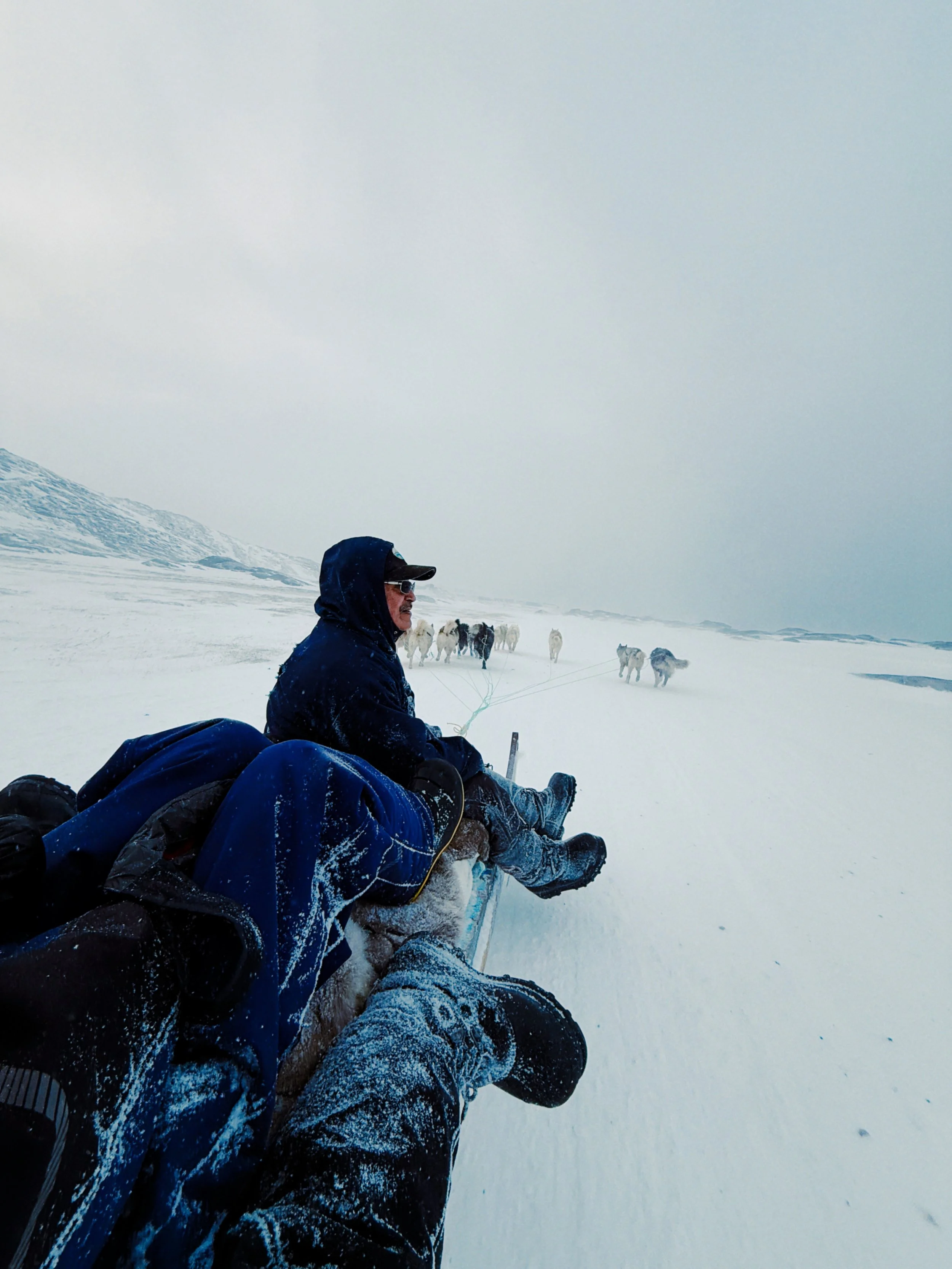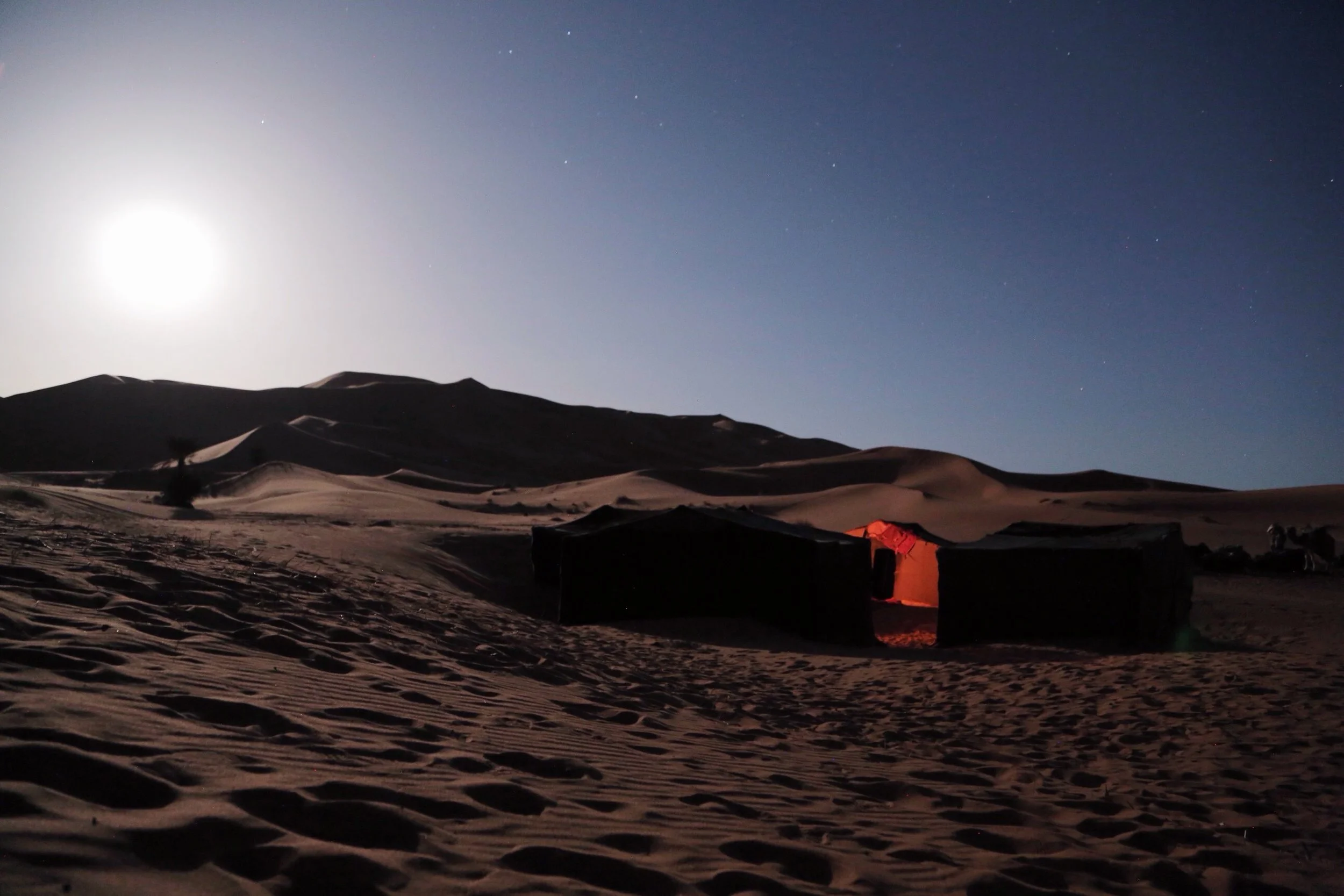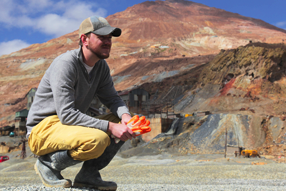The Aftermath
[youtube=http://www.youtube.com/watch?v=-iRgkZrsPrE&rel=0]
This cooling routine was repeated everyday for 8 days. Jungle marches were tough but worth it.
Lunch in the Jungle
[youtube=http://www.youtube.com/watch?v=MCRmWpX7kA4&rel=0] Only one can of tuna a day. Eat with hands. Fish never tasted so good.
Leaving a Gift
[youtube=http://www.youtube.com/watch?v=kblwx_wlDUA&rel=0]
Night Hunt on the River
[youtube=http://www.youtube.com/watch?v=qVvUlUSvGFc&rel=0] This video is taken on a small canoe. 5 minutes later the rains came and we spent a terrifying 5 hours trying not to sink and make it back to camp alive.
Rain Cometh
[youtube=http://www.youtube.com/watch?v=gAoTn09bKi8&rel=0]
Deeper into the Jungle
[youtube=http://www.youtube.com/watch?v=eWi_zJjc6bQ&rel=0]
More Footprints
[youtube=http://www.youtube.com/watch?v=CfmbZNdGvUI&rel=0]
Strange Feeling of Being Watched
[youtube=http://www.youtube.com/watch?v=ab0DbxDLdPY&rel=0]
Fresh Footprints
[youtube=http://www.youtube.com/watch?v=qfpS81LGSNQ&rel=0]
The Uncontacted Journey Begins!
[youtube=http://www.youtube.com/watch?v=zY6ixgCNmz4&rel=0] Check back tomorrow for an exclusive video from the Uncontacted Journey.
Thanks for your Support!
[youtube=http://www.youtube.com/watch?v=v_9nE53T8TU&rel=0]
Procession
[youtube=http://www.youtube.com/watch?v=NnISiVCdZZw&rel=0]
Salt Flats
[youtube=http://www.youtube.com/watch?v=kK7QX54BKzY&rel=0]
May '09 Newsletter
Dear Friends, Greetings in the Lord. We want to thank you for your prayers over the last month, as they have opened the door for the gospel in an area that has been held in darkness. It is with your help that we tread new paths and deliver the message of hope, so please continue in every way.
This month we would like to share about our time in Potosi, Bolivia. Potosi is a high altitude town (13,500 feet) in the southern regions of Bolivia. At first glance, when one arrives, you would think it was just like any other Bolivian town, but Potosi has a history that literally shaped the course of the world.
In 1546, the city of Potosi was founded, and by the end of the 16th century it was the richest city in the world! How, one might ask? —Silver. There is one distinctive geographical feature that separates Potosi from any other city, and that is the towering mountain that sits above it called Cerro Rico (Rich Mountain). The mountain of Cerro Rico was the richest silver mine in the world from 1560-1800. It was the breadbasket of the Spanish Empire and where the majority of the Spanish wealth was derived. Ever wonder where Spain got their money to build the mighty Spanish Armada? Answer—Cerro Rico.
By 1672, a mint was established, in Potosi, to coin silver and water reservoirs were built to fulfill the growing population's needs. At that time, more than eighty-six churches were built and the city's population increased to nearly 200,000, making it one of the largest and wealthiest cities in Latin America and in the world. At that time, Potosi had a larger population than Paris, Madrid, or London.
Unfortunately, such wealth came at extreme costs. Over eight million people were killed by forced labor in the mines and the religious manipulation of the Spanish Catholic Church caused effects that still keep the people of Potosi in darkness.
Now jump ahead to Potosi 2009. Arriving in the city of Potosi you immediately see the view of defunct colonial churches and the towering sight of Cerro Rico. The mines are still worked today, mostly by locals who brave the deep tunnels to extract silver by hand. Our mission was to minister to the miners of Cerro Rico and bring the gospel to Potosi. There are no foreign missionaries working in Potosi and the spiritual climate is very dark.
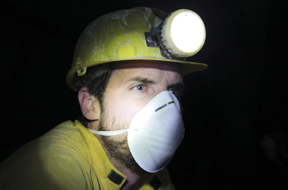
One story we heard, before we entered the mines, was the active worship of the devil inside Cerro Rico. The history behind this was shocking. It all started when the Spanish felt it necessary to motivate the slaves that worked the mountain. So, Spanish authorities created a god that the slaves could worship inside the mines. Also, because they deemed slaves less than human, standard Catholic Christ and Mary worship weren’t a consideration. The Spanish thought the slaves (many of them darker skinned Africans and local Indians) were sons of the devil, so they ought to worship Satan, as they were already damned to hell anyways. The Spanish told the miners these demon idols were God. In the Spanish language God is called Dios, but the local Indians couldn’t pronounce the letter D so they quickly called the idols Tio. Or El Tio, which means, The Uncle in Spanish. When we traveled deep inside the mines we came across the Tio idols and witnessed the miners who still worship them as God. We saw Tio idols dating as far back as the 16th century. So with all that back-story our mission was set to bring the truth.
Five separate days we moved deep inside the mines sometimes traveling as far as 4km and crawling through openings only 18-inches. The gases, silica and asbestos caused us to cough uncontrollably at times, and certain mine shafts that we entered were over 100 degrees in temperature. The detonations of dynamite kept us all on edge and it wasn’t hard to see why most miners only last 10-15 years in these conditions. But the biggest killer inside the mines isn’t explosions or tunnel collapses, but lung disease and toxic fumes.
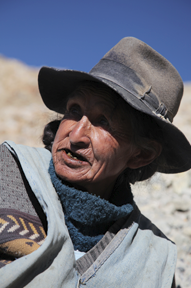
As we traveled deeper and deeper every day we delivered gospel tracks and small $2 solar powered radios tuned to a Bolivian gospel radio station to each miner we came across. We also talked with miners in small groups as they chipped away at the rock. One man we talked to was killed 6-days later when toxic gases overcame him in the very area we chatted. This might have been the only chance for him to hear the gospel. Outside the mines we also ministered to women who sorted through the rubble looking for discarded minerals (women are not allowed to work inside the mine because it is considered back luck). In one circumstance we ministered to two elderly ladies. One of the ladies was 81-years old and had worked outside of the mines picking through rocks for 50 years. She told us she made .20 - .50 cents a day for her work. We prayed and shared the word with them and they were grateful to hear the gospel. They were also thankful to receive the small gospel radios and turned them on right away.
In our travels to Bolivia we found an area with a rich and dark history that once was the center of the world. But today this area has been forgotten. We need more laborers to be sent into the harvest. If a city like Potosi, which was once the largest and richest in the world, could be forgotten, no city in the world is safe. We must speak the message and be bold to take the gospel everywhere.
Your prayers and support have enabled us to reach places like Potosi and establish the beginnings of something great with the local ministries in Bolivia. We will need your support more than ever as our next mission will bring us to an uncontacted tribe in Peru. The journey will be long and difficult, but with your prayers, a hedge of protection is around us and with your giving we have the means to make such journeys. Please consider supporting Travel the Road through a one-time gift or monthly donation. Your support is critical and we need it more than ever, as together we attempt to complete the great commission.
In Him,
Tim and Will
Ministry in the Silver Mines
[youtube=http://www.youtube.com/watch?v=f0HxybgGOFI&rel=0]
Blood Sacrifice and a Fight to the Death
[youtube=http://www.youtube.com/watch?v=cfiZQhy57oQ&rel=0] The Tinku festival, held in the small village of Macha, Bolivia, once a year, is a brutal form of blood sacrifice. At the beginning of May surrounding communities travel long distances and once they arrive in Macha they sing, dance and drink large amounts of alcohol in the streets. This is done to arouse and worship Pachamama (Mother Earth) for the coming harvest. Many Bolivians hold Pachamama in high regard even though they would also consider themselves Catholics as well.
The main aim of the Tinku festival is for communities to fight each other in the hopes of shedding blood. The more blood that drips on the ground, through combat, the better the coming harvest will be. Most fights occur by fist to fist combat, but whips, clubs and barbed-wire are also know to be used. The Bolivian government knows of the festival and can only try to contain it each, not stop it.
[youtube=http://www.youtube.com/watch?v=qPVKoIWJSuI&rel=0] When we arrived in Macha for this years festival we had heard stories but we didn't know what to expect. One grim comment from our guide set the tone for the worst when she said, "The people say it is necessary for someone to die. Somebody die's every year and they don't stop fighting until there is a death. The more people who die in fighting the better the harvest."
In some pits we witnessed 4 to 5 fights occurring at once. We even saw women fighting women. At one point we also saw a woman with a small baby, less than one year old, strapped to her back, as she refereed a battle between two men. The baby cried and cried and was even stuck by a wild blow thrown by one of the combatants!
[youtube=http://www.youtube.com/watch?v=6xV4PVYlfvE&rel=0]
As the day wore on drunk fighters swung wildly at anything, even us. The police quickly gave up on trying to monitor the fights and began pitching tear gas in the crowds when the surge of violence became too much. The officers themselves were even overrun and we were gassed 6 separate times as the fights near us got out of control.
Overall by the end of the festival two people lay dead. Hundreds more hurt in combat. Yet the people cheered, drank and sung songs long into the night. Some might defend this practice as cultural right, but that is ignorance and cowardice. If mankind is allowed to perform, in essences, human sacrifice, then at what point do we draw the line between right and wrong. Cultural customs should not be an excuse to commit murder.
[youtube=http://www.youtube.com/watch?v=8FHWt2pjJBw&rel=0]
To preach Christ we must be ready to go anywhere and face anything. The message we speak is not violence or death, but life and joy in Him. God bless you all and thank you for your prayers.
Idol Worship
[youtube=http://www.youtube.com/watch?v=EQiWA4aW5Z4&rel=0]
Thank you for your prayers!
[youtube=http://www.youtube.com/watch?v=7s95sk8ip0Q&rel=0]
Ministering to Women Miners
[youtube=http://www.youtube.com/watch?v=fPl_LT5ZH4U&rel=0]


